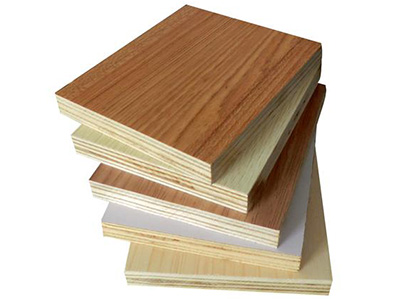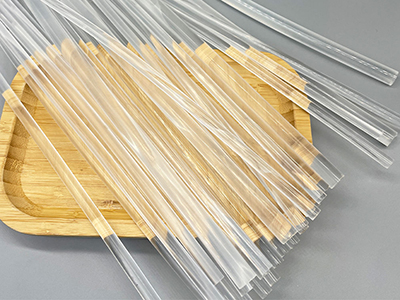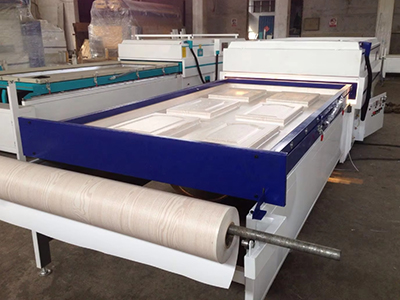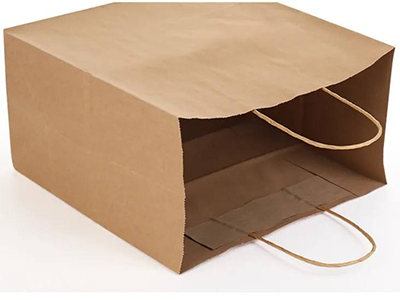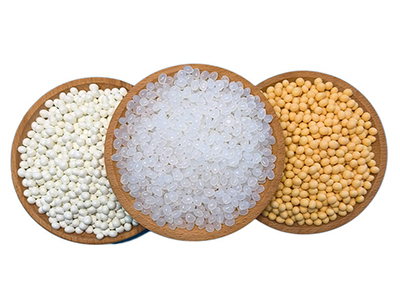What is plywood?
Plywood is a multi-layer board-shaped material formed by peeling wood sections into veneers or sliced into veneers, and then using adhesives to glue adjacent veneers whose fiber directions are perpendicular to each other. Blockboard is the second largest sub-variety of plywood subdivisions. It is made of high-quality natural wood after heat treatment, processed into wooden strips of certain specifications, and then spliced into wooden boards by a jigsaw machine. Both sides are covered with two layers of high-quality sheets. The board is made after being glued by cold and hot presses. Plywood adhesives are needed. According to the structure of the board core, it can be divided into solid and hollow blockboards: according to the splicing status of the board cores, it can be divided into glued and non-glued blockboards. :According to the surface processing status, it can be divided into single-side sanding, double-side sanding and non-sanding blockboard; according to the use environment, it can be divided into indoor and outdoor blockboards; according to the level of formaldehyde emission, it can be divided into E0, E1 and E2 Blockboard.
The production process of plywood
In the production of plywood, machines such as rotary cutting machine, veneer dryer, gluing machine, pre-pressing machine, hot press, vertical and horizontal sawing machine, sanding machine, etc. are used for log cutting, hydrothermal treatment, peeling, wood section centering, Veneer cutting, veneer drying, veneer cutting and splicing, veneer shaping, veneer gluing, assembly, pre-pressing and hot pressing, trimming, scraping or polishing, inspection, grading and packaging, etc. Production processes. The production process of blockboard mainly includes wood drying treatment → cutting → core board splicing → glue pressing → sanding → cutting board.
Uses of plywood
Plywood is mainly used in furniture, building decoration, transportation and industrial packaging. Blockboard, which is the target of the transaction, is an ideal material for the furniture industry and is widely used in the production of panel furniture (such as wardrobes, bookcases, cabinets, etc.) and architectural decoration (door frames, suspended ceilings, partition walls, etc.).


